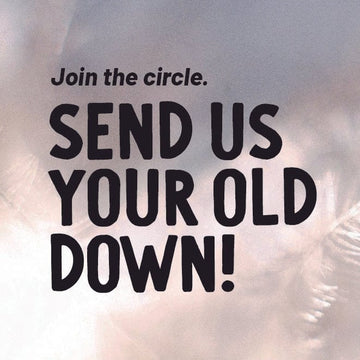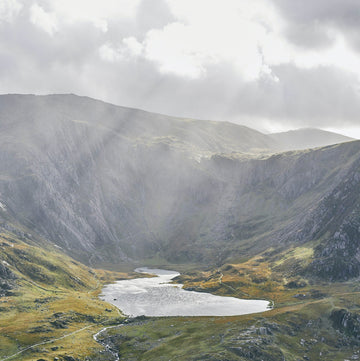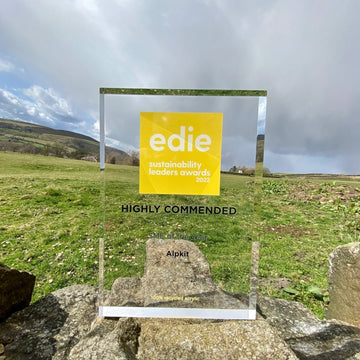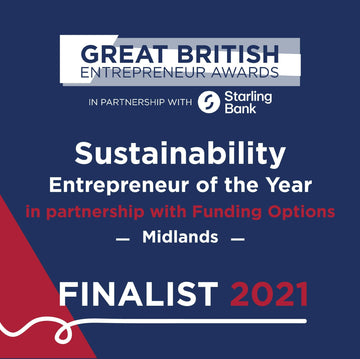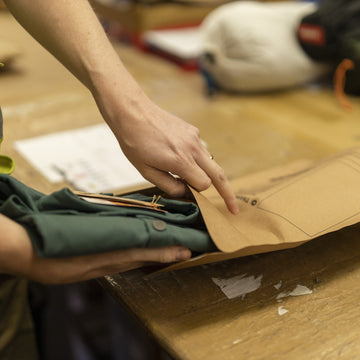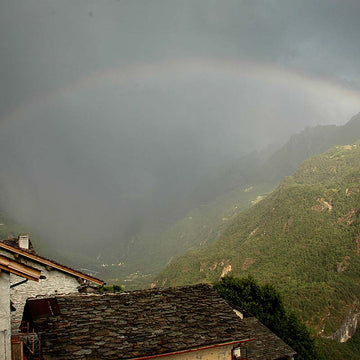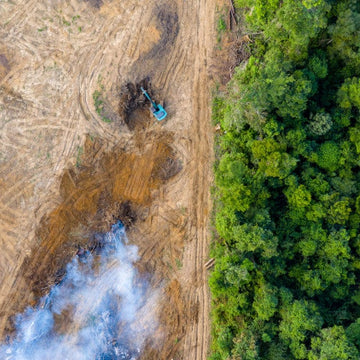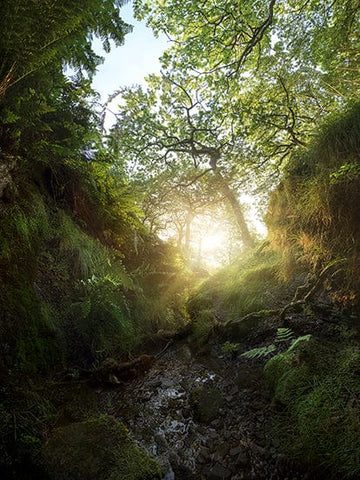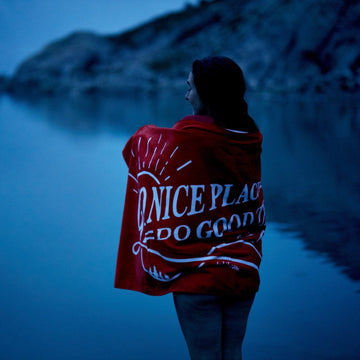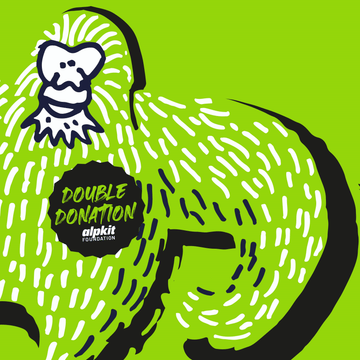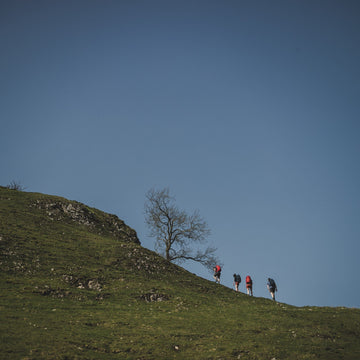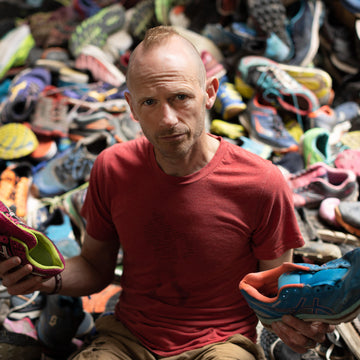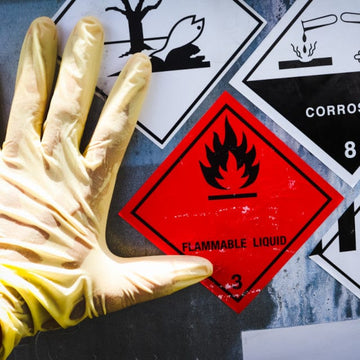
Understanding our carbon footprint is crucial to reduce it, with raw materials and manufacturing accounting for two-thirds
Our Full Life Carbon Footprint
Estimating our full life carbon footprint is incredibly exciting. It focuses the urgent action to tackle our climate crisis and our contribution to limit global warming to 1.5°C. In 2022, we hit our ambitious emission reduction target 8 years ahead of the deadline!
It's powerful stuff:
- The most sustainable gear is the gear you already own
- Beyond 'Leave No Trace'
- How to minimise our impact
- Our carbon reduction Science Based Targets
- Carbon Neutral is a milestone on our journey to Net Zero
- Our Full Value Chain Carbon Footprint
- Sustainability Terms Defined
The most sustainable gear is the gear you already own
We estimate that two-thirds of the carbon impact of a product is spent in making it. Just 15% of the impact is in your ownership.
The single biggest thing you can do to reduce your footprint is outdoor clothing">use your gear for longer. Extending the life of your kit from 3 years to 5 years will reduce your carbon footprint by 40%. And then pass it on or recycle it when you’re done with it so it doesn’t go to landfill.
Beyond Leave No Trace
It's time to look beyond Leave No Trace. Leave No Trace suggests we can live life with zero impact. We all have an impact. Let's make it a good one.
Our actions define who we are. In everything we do, we look to do more good and less bad.

How We Minimise Our Impact
We do our bit to achieve our Science Based Targets:
- Choose environmentally preferable materials;
- Make products that are long lasting and durable;
- Select factories based on their ethos and values;
- Minimise airfreight;
- Use low carbon transport;
- Switch to factories that use renewables in our supply chain;
- Repair all our products and offer Continuum to find products new homes when you’re done with them.
Our Science Based Targets
We joined Science Based Targets (SBTI) to make our contribution to limiting global warming to 1.5°C. SBTI have confirmed our targets to:
- halve our absolute Scope 1 and Scope 2 emissions by 2030 from our 2018 base year;
- reduce our full chain carbon footprint by a minimum 15% per annum to zero carbon economy by 2050.
But in 2022, we hit our Scope 1 and Scope 2 Science Based Targets 8 years ahead of schedule. We’ve reduced our carbon intensity by over 36% in three years and on track for absolute net zero ahead of SBTi timescales.

Carbon Neutral Is A Milestone On Our Journey to Net Zero
Carbon Neutral under PAS2060, the British Standard for Carbon Neutrality allows buying carbon offsets. We are skeptical about carbon neturality and buying carbon offsets as it does not tackle emissions reduction. We see carbon neutral as a point to pass through on our journey to Net Zero.
Net Zero is the near absolute reduction in a full value carbon chain.
Alpkit Full Value Chain Carbon Footprint

| 2022 | 2021 | 2020 | 2019 | |
| Carbon Intensity (Scope 1 and 2 emissions per $m sales) | 1.0 | 4.5 | 6.1 | 8.3 |
| Full Carbon Chain Emissions | 18kg | 23kg | 27kg | 28kg |
| GHG Emissions (tonnes CO2e) | 2022 | 2021 | 2020 | 2019 |
| Scope 1 Direct Energy | 18 | 20 | 22 | 22 |
| Scope 2 Indirect Energy | 8 | 12 | 24 | 54 |
| Scope 3 Alpkit Operations | 71 | 71 | 65 | 111 |
| Scope 3 Upstream Manufacture | 2,520 | 3,293 | 2,245 | 2,334 |
| Scope 3 Downstream Use and Care | 899 | 816 | 496 | 553 |
| Total Cradle to Cradle Estimate | 3,514 | 4,211 | 2,853 | 3,075 |
| Scope 1 Direct Energy | ||||
| Gas | 4 | 7 | 8 | 3 |
| Wood Pellets and Logs | 0 | 0 | 0 | 1 |
| Fuel for Cars and Van | 13 | 12 | 14 | 19 |
| Total Scope 1 | 18 | 20 | 22 | 22 |
| Scope 2 Indirect Energy | ||||
| Electricity | 77 | 50 | 47 | 54 |
| Less: from certified renewable sources | -69 | -38 | -22 | - |
| Electricity | 8 | 12 | 24 | 54 |
| Scope 3 | ||||
| Alpkit Operations | ||||
| Well-to-tank and electricity distribution | 32 | 22 | 14 | 17 |
| Water and Waste | 5 | 3 | 1 | 0 |
| Business Miles | 12 | 12 | 6 | 11 |
| Air Travel | 3 | 0 | 9 | 34 |
| Employee commuting | 45 | 48 | 41 | 61 |
| Home working | 23 | 21 | 11 | 2 |
| Cloud Storage | 7 | 7 | 7 | 4 |
| Other purchases incl packaging | 1 | 1 | 1 | 1 |
| Total Scope 3 – Alpkit Operations | 71 | 71 | 65 | 111 |
| Upstream Manufacture | ||||
| Airfreight | 194 | 549 | 164 | 214 |
| Seafreight | 50 | 40 | 24 | 28 |
| Product Manufacture | 2,275 | 2,704 | 2,057 | 2,093 |
| Total Upstream Manufacture | 2,520 | 3,293 | 2,245 | 2,334 |
| Downstream Operations | ||||
| Delivery to customers | 71 | 52 | 33 | 33 |
| Customer journey to store | 243 | 231 | 144 | 187 |
| Customer Use and Care | 581 | 529 | 318 | 331 |
| End of Life | 3 | 4 | 2 | 2 |
| Total Downstream Use and Care | 898 | 816 | 496 | 553 |
Our carbon footprint methodology has been verified by Nottingham Trent University.
We have estimated our footprint using the official UK government conversion factors. These are averages and we use our internal shipping and product data with usage research we have carried out ourselves or sponsored. We have made reasonable management estimates and rounded up where we need to so our footrprint should be seen as a “scoping exercise” to indicate the broad quantum of emissions rather than a precise calculation.
The accuracy of our footprint will get better each year as we revisit and refine the methodology and underlying dataset.
Carbon Footprint Terms Defined
Knowing your Net Zero from your Carbon Neutral can be confusing.
- Boundaries:To estimate a carbon footprint, you have to decide what to include and what not to include. We include the impact of customers travelling to our store in our footprint. But we don't include the impact of customers travelling to the Alps to use our products.
- Carbon Neutral:When you offset your emissions, you can call yourself Carbon Neutral. It is a point to pass through on a journey to Net Zero. The disadvantage to Carbon Neutral is it potentially leads to a 'burn and offset' approach.
- Climate Neutral:We see Climate Neutral as another term for Carbon Neutral
- Conversion Factors:The UK government publishes official conversion factors for businesses to use to estimate their carbon footprint for all types of activity (air travel, energy use, construction etc). We have used these official government factors to estimate our footprint.
- GHG:This refers to greenhouse gas emissions. There are many greenhouse gases including methane, nitrous oxide and carbon dioxide. Most people look at carbon dioxide (CO2) as a benchmark for overall emissions.
- Insetting:This is where we offset within our own supply chain. For example, we use carbon positive techniques such as regenerative agriculture in our supply of raw materials.
- Net Zero:This is the end game of carbon reduction when near absolute decarbonisation has been achieved.
- Offset:These are commercially available products to pay for someone else to absorb your emissions. Offsets range greatly from genuinely good projects to traded carbon credits. We offset - not because we see it as part of the solution - but because choosing not to offset feels more wrong than offsetting.
- PAS20260:The British Standard for Carbon Neutrality. PAS2060 requires a business to offset a minimum of Scope 1 and 2 emissions to be carbon neutral.
- Science Based Targets:A US organisation that sets carbon reduction targets for businesses that are consistent with the reductions necessary to limit global warming to 1.5°C.
- Scope 1 are emissions from your direct energy use (eg gas, diesel).
- Scope 2 are emissions from your indirect energy use (eg electricity).
- Scope 3are all other emissions other than Scope 1 and 2 such as staff commuting, parcel delivery, shipping and airfreight, product manufacture, customer wash and care of a product, end-of-life disposal.
- tCO2e:is a measure of your footprint. It is the equivalent tonnes of CO2 irrespective of whether it is CO2 or another gas such as methane.


![Kraft [Mens]](http://eu.alpkit.com/cdn/shop/files/KRAFT_MENS_1.jpg?v=1762543282&width=768)


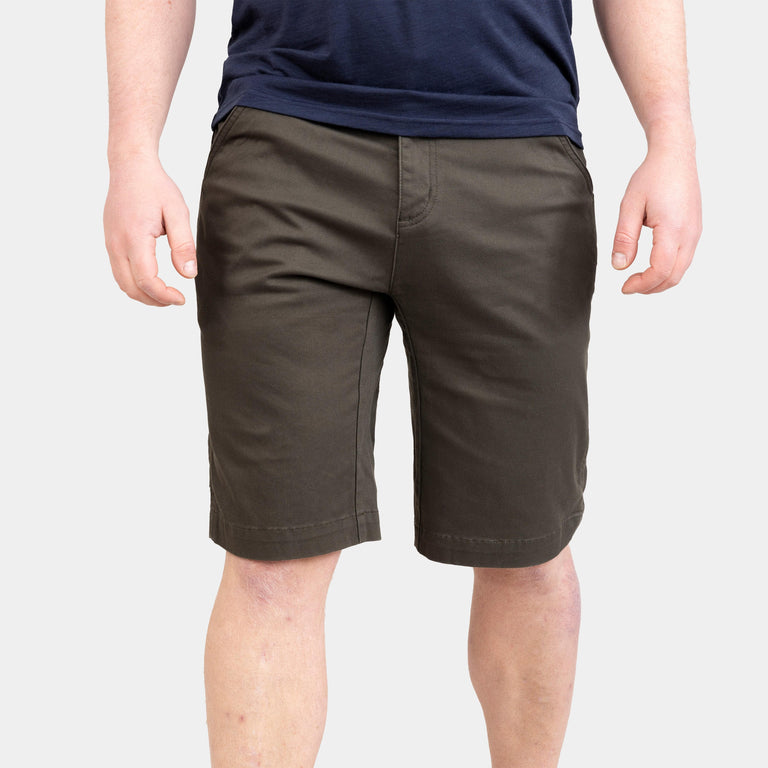
![Werk [Mens]](http://eu.alpkit.com/cdn/shop/products/WERK_MENS_OUTER-SPACE_TENERIFE_005982__4000px_478d68d7-b290-43f9-9ab5-ed40be8b942d.jpg?v=1699438586&width=768)


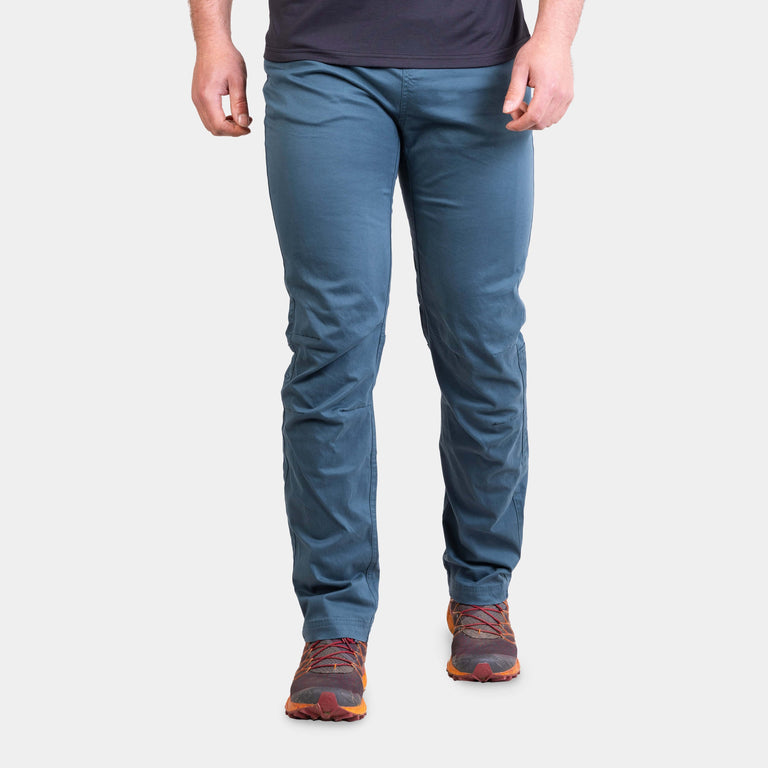

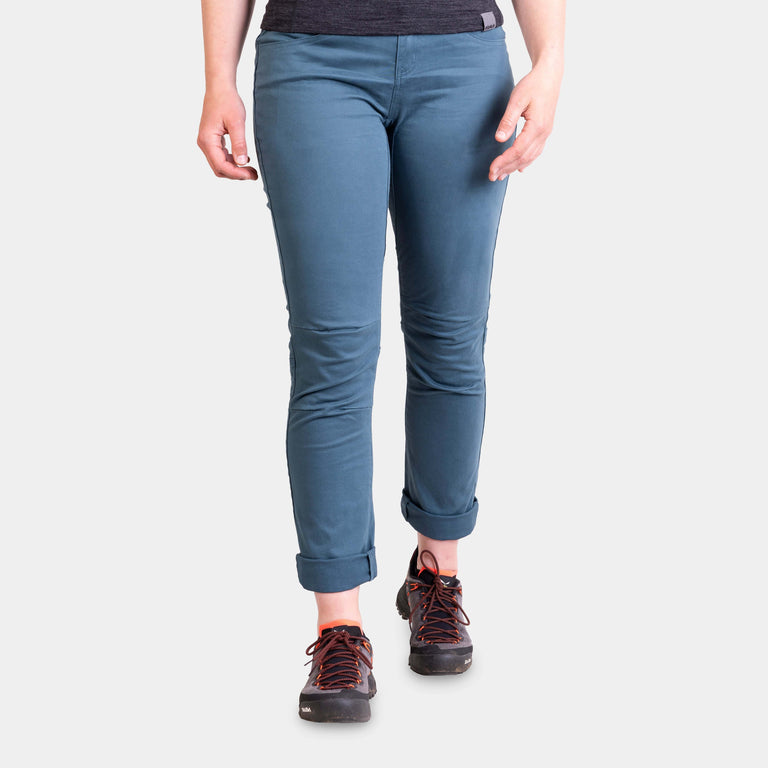
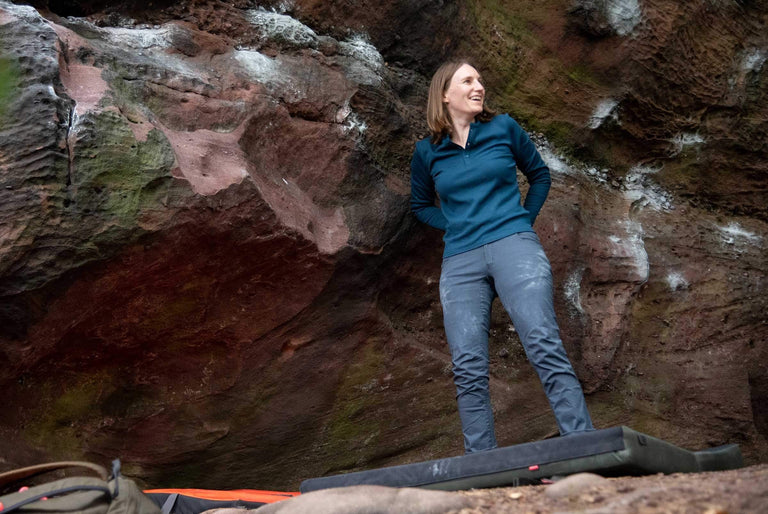

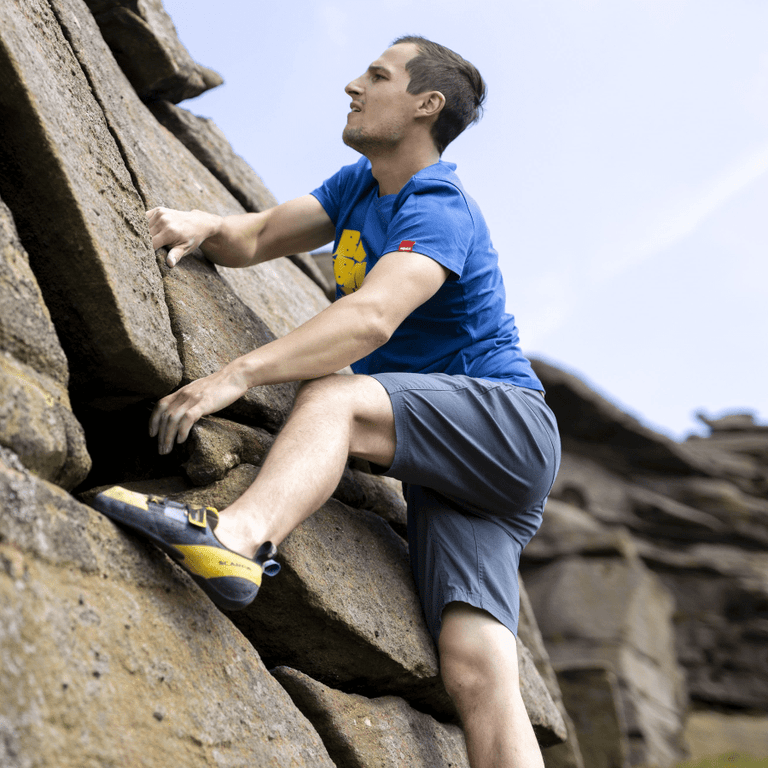
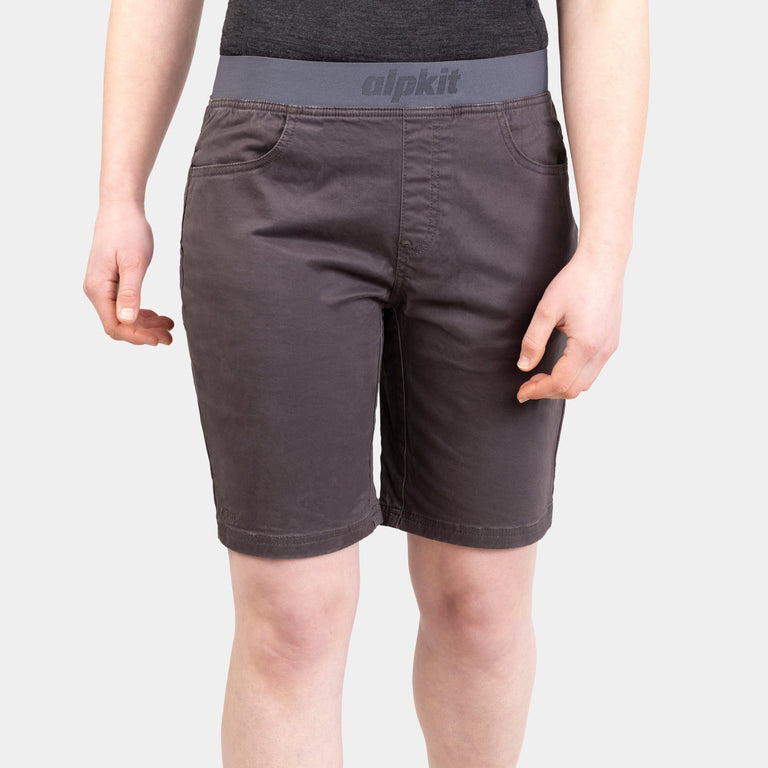



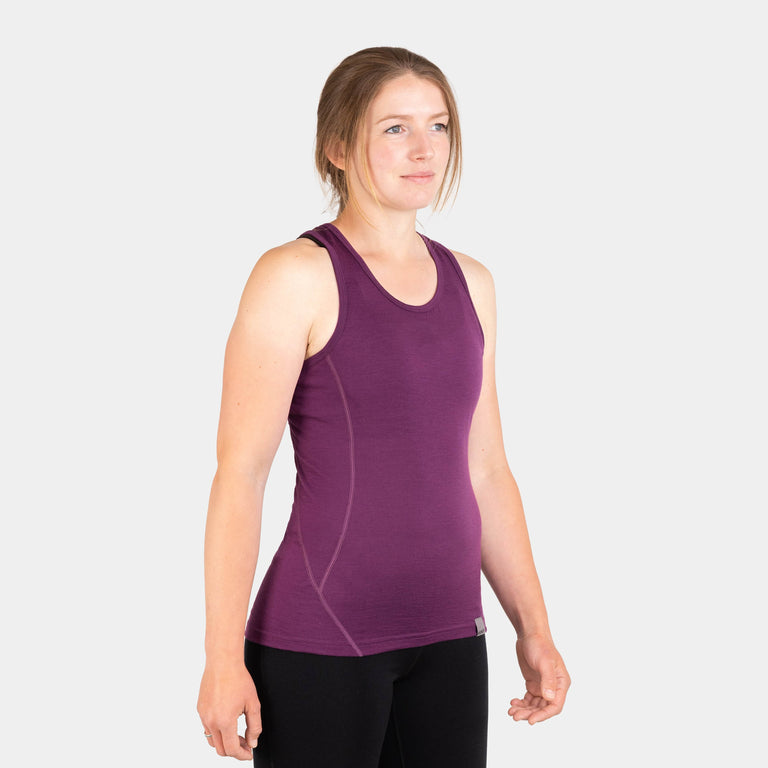
![Kepler Vest [Womens]](http://eu.alpkit.com/cdn/shop/products/kepler-vest-womens_e5d34f85-8548-4869-ae69-02f87f7c78ed.jpg?v=1699438346&width=768)

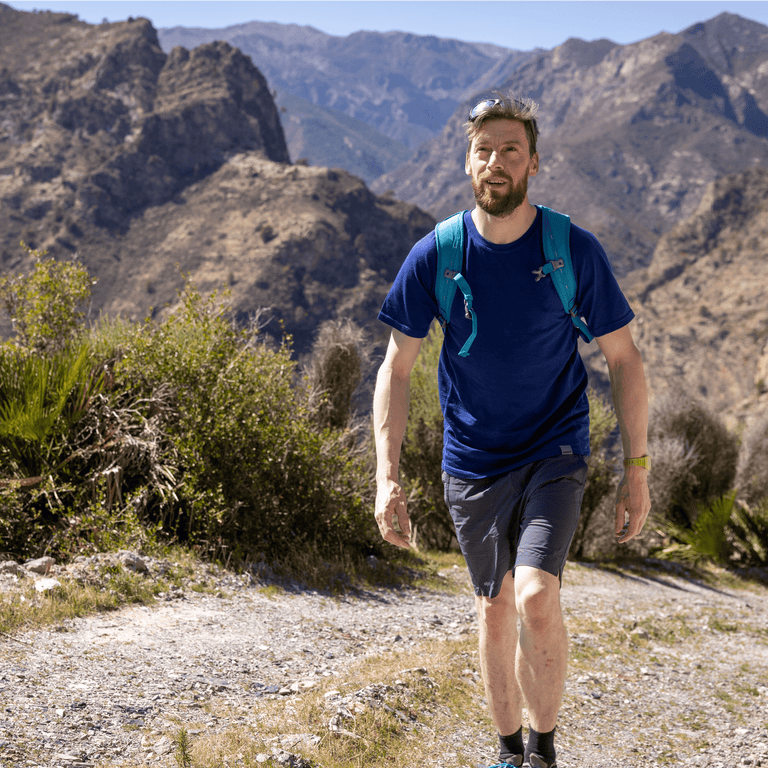

![Kepler Short Sleeve [Womens]](http://eu.alpkit.com/cdn/shop/files/womens-kepler-short-sleeve-cosmos.jpg?v=1768417319&width=768)
